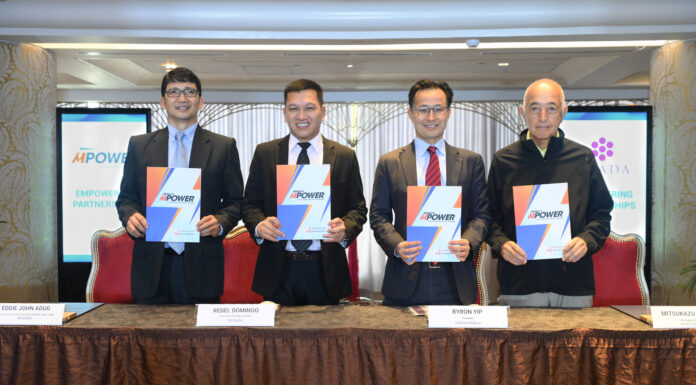WHEN I was conducting my International Business and Trade course orientation last Monday in one of my classes, one of my students asked me on my opinion about the recent trade pact between US and the Philippines. I admitted that I am not (even) aware of the issue but I was able to answer the question based on the context and premise laid out. As of this writing, another student (from the previous batch who took the same course) messaged me thru FB chat and asked the same question which prodded me to research more about this trade agreement, and hence the subject of this article.
Actually, I am a bit disappointed to myself that my students are far more aware (than me, to think that I am regularly handling the International Business and Trade course) when it comes to national current events and issues. More especially that this issue is particularly significant for our country, as trade agreements between nations involve tariffs or taxes that contribute to government revenue. And these tax revenues are crucial for economic development and have a direct impact on all of us.
Last July 22, the Philippines and the US announced a trade agreement that drew flak for its asymmetrical structure. The deal is about the export tariffs of these two countries wherein US products will be charged zero tariffs (or taxes) whereas Philippine products sold in the US will be levied 19% tariff. The key goods under the zero tariff imposition included in the agreement are cars, pharmaceuticals, wheat and soy.
Meanwhile, Philippine export products like electronics, textiles, agri-processing and textiles will be imposed with 19% tariffs in the US market. By basing solely from the figure, it seems that the benefits that the two countries will reap is iniquitous.
My analysis will focus on the supply and demand dynamics that this agreement will generate for both parties, as well as the potential profits it may bring to Philippine exporters and their U.S. counterparts. The new 19% tariff imposition to Philippine export products as mentioned above may dampen the volume of products. This can have a detrimental effect to the Philippines since the product covered in this agreement constitute to over half of the export of the country to the US.
As may be gleaned from the Philippine products included in the agreement above, almost all of their manufacturers are labour intensive and belong to small and medium enterprises. This 19% levy could suppress demands from US clients and will eventually weaken the export-led GDP growth of the Philippines. It might bring pressure to the affected industries to accelerate innovation, leverage economies of scale and re-engineer or rework its supply chain to compensate for the additional costs that the new trade agreement brings. This would also entail them to, in order to maintain its current pool of customers in the US, to maintain prices by striving to lower the per unit cost but not sacrificing the quality.
On the other hand, importers (from other countries) in the Philippines must anticipate a stiff competition from the US exporters, especially those who import products covered in the pact. Similarly, local manufacturers (which produces the same or somehow similar products) will face difficulty in dealing with US-produced products since the latter can have a relative advantage in terms of pricing due to zero tax. This will eventually decrease their production inputs which may affect their income and profitability.
On the brighter side, Philippine importers will directly benefit from this agreement (if the Philippines solely relies from import on the products covered especially production factor products like wheat and soy) since a zero tariff would mean lower business costs for them.|

















